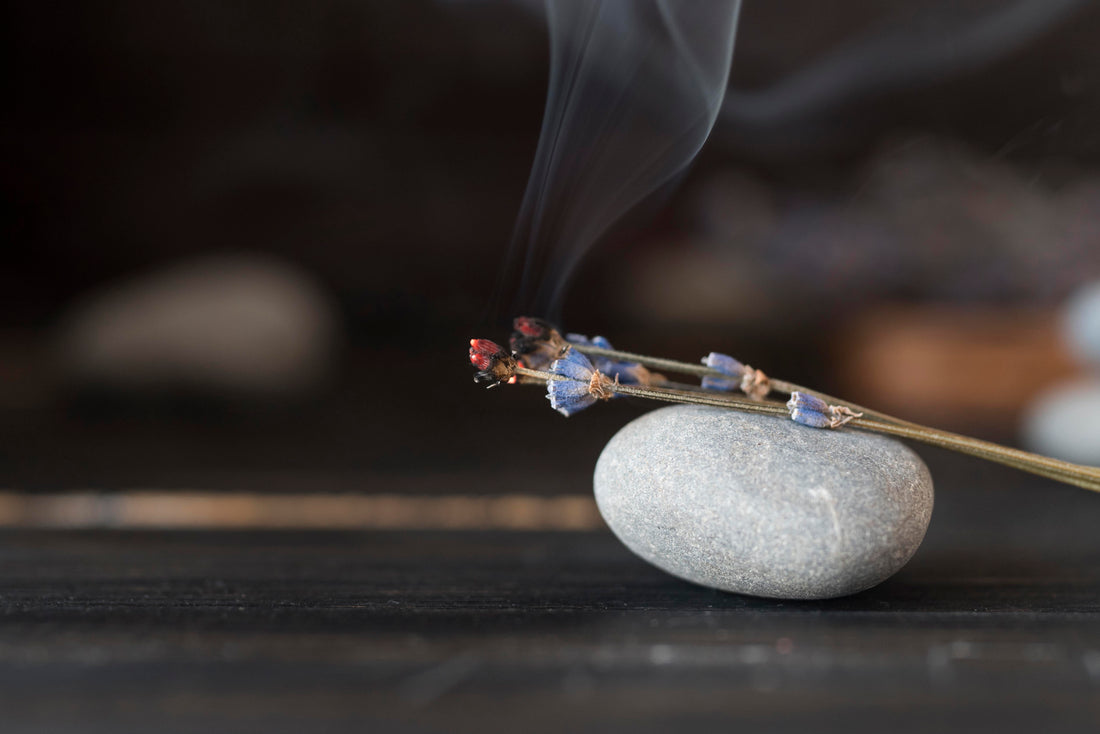
The History and Cultural Significance of Incense Sticks Around the World
Share
Incense sticks have a long and fascinating history, serving not only as a source of fragrance but also as an integral part of cultural and spiritual practices around the globe. From ancient rituals to contemporary uses, the significance of incense spans various traditions, often embodying deep symbolism and spiritual meanings. Let’s delve into the rich history and cultural importance of incense, exploring how different societies have utilized these aromatic sticks throughout time.
Ancient Beginnings
The use of incense dates back thousands of years, with evidence found in ancient civilizations such as Egypt, Mesopotamia, and China. In these early cultures, incense was often associated with religious ceremonies, rituals, and offerings to deities.
Egypt
In ancient Egypt, incense played a crucial role in both daily life and religious practices. Frankincense and myrrh were highly prized and used in rituals to honor the gods, especially during funerals to purify the body and spirit. The famous ancient Egyptian goddess Isis was often worshipped with fragrant offerings, underscoring the belief that scents could connect the earthly realm with the divine.
Mesopotamia
The Sumerians, one of the earliest known civilizations, also valued incense. They believed that the smoke carried their prayers to the gods. Incense was an essential component of temple ceremonies, used to create an atmosphere conducive to spiritual connection.
China
In ancient China, incense has been used for thousands of years in religious and ceremonial practices. The burning of incense was believed to create a tranquil environment for meditation and reflection. Traditional Chinese medicine also recognizes the therapeutic properties of certain incense scents, like sandalwood and clove.
Cultural Significance Across Continents
India
In India, incense sticks, or “agarbatti,” hold immense cultural and spiritual significance. They are used in daily rituals, festivals, and special occasions to invoke divinity and purify the atmosphere. Various scents, like sandalwood and jasmine, are believed to create an inviting ambiance that promotes meditation and devotion. The use of incense is deeply intertwined with Hinduism and Buddhism, where it enhances the spiritual experience during prayers and offerings.
Japan
In Japan, incense holds a refined place in culture through the practice of “kodo,” or the art of listening to incense. This practice dates back to the 6th century and involves appreciating the subtleties of different scents. The ritual often accompanies tea ceremonies and is an expression of mindfulness and aesthetics, reflecting the importance of nature and simplicity in Japanese culture.
Middle East
In Middle Eastern cultures, incense has a storied history, particularly with the use of oud, a fragrant wood. Traditionally used in homes and during special occasions, oud is known for its rich and complex aroma. It is often associated with hospitality and is a symbol of luxury, frequently featured in gatherings and celebrations.
Modern-Day Practices
Today, incense sticks continue to be popular in various contexts, from spiritual practices to home fragrance. The resurgence of interest in mindfulness and wellness has led to a renewed appreciation for incense as a tool for relaxation and stress relief.
Aromatherapy and Wellness
In contemporary wellness practices, incense is often used in aromatherapy to promote emotional well-being. Scents like lavender and sandalwood are favored for their calming properties, helping to create serene environments for meditation, yoga, and self-care.
Cultural Exchange
Globalization has also contributed to the blending of incense traditions. People from different backgrounds are increasingly exploring and adopting various incense practices, leading to a richer appreciation of scents from around the world. Today, you can find a diverse range of incense sticks—each with its unique cultural significance—available for personal use.
Conclusion
The history and cultural significance of incense sticks reveal a tapestry of traditions that span centuries and continents. From ancient rituals to modern practices, incense continues to play an essential role in connecting people with their spiritual selves and enhancing their environments. As we burn these fragrant sticks, we participate in a long-standing tradition that honors the power of scent and its ability to elevate our experiences, both sacred and mundane. Embrace the rich legacy of incense and allow its aromatic presence to enrich your own journey through life.